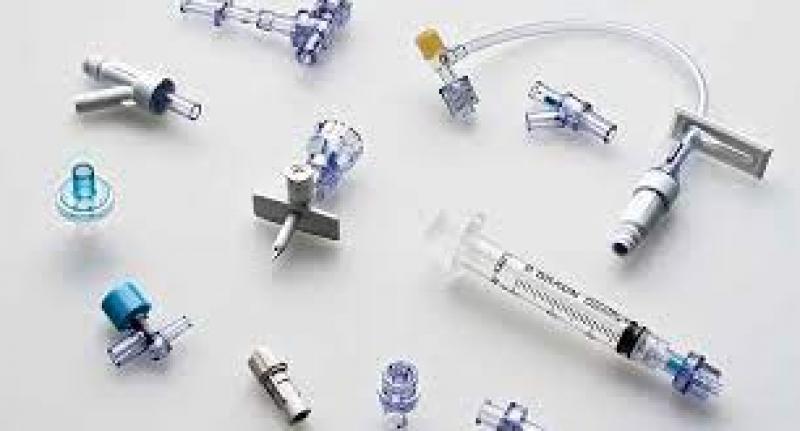Sustainability has become an increasingly critical focus across various industries, including healthcare. With the rising concerns over environmental impact and waste generation, healthcare facilities worldwide are seeking innovative solutions to reduce their ecological footprint. One such solution gaining momentum is the reprocessing of single-use medical devices (SUDs). By adopting this practice, healthcare institutions can significantly contribute to environmental preservation while also enjoying economic benefits and maintaining patient safety.
Single-use medical devices are designed to be used on a single patient during a single procedure and then disposed of, primarily for infection control purposes. However, the extensive use of SUDs has raised environmental concerns due to the large quantities of medical waste they generate. Reprocessing these devices involves collecting, cleaning, inspecting, and sterilizing them for multiple uses, thus extending their life cycle. This practice not only reduces waste but also lowers the demand for raw materials and energy consumption, making it an eco-friendly alternative to single-use disposal.
One of the most significant advantages of single-use medical device reprocessing is the considerable reduction in waste production. The World Health Organization (WHO) estimates that healthcare activities generate around 10-25% of total waste in healthcare settings, and a considerable portion of this waste comes from SUDs. By implementing reprocessing programs, hospitals can divert a significant amount of waste from landfills and incinerators, directly reducing their environmental impact. This not only lessens the burden on waste management systems but also helps curb greenhouse gas emissions and minimizes the potential for environmental contamination.
Apart from its environmental benefits, single-use medical device reprocessing can also have substantial economic advantages for healthcare facilities. By reprocessing devices like catheters, endoscopes, and surgical instruments, hospitals can save a considerable amount of money on purchasing new disposable items. Reprocessed devices are often less expensive than new ones, offering cost savings without compromising on the quality or safety of patient care. These financial benefits can be reinvested in other areas of healthcare, such as improving patient services, acquiring advanced medical technologies, or enhancing staff training.
However, it is crucial to address concerns about patient safety and infection control when considering the reprocessing of single-use medical devices. Healthcare facilities must adhere to stringent regulatory guidelines and work closely with certified reprocessing companies to ensure the devices undergo thorough cleaning, disinfection, and sterilization processes. Strict protocols and quality control measures are essential to eliminate any potential risk of cross-contamination and maintain the devices' integrity throughout their reprocessing cycle.
To successfully implement single-use medical device reprocessing, healthcare facilities need to invest in staff training and education. Healthcare professionals must be aware of the reprocessing protocols, proper handling of reprocessed devices, and potential risks and benefits. This will help instill confidence in the reprocessing system and ensure seamless integration into existing healthcare practices.
In conclusion, advancing healthcare sustainability through the reprocessing of single-use medical devices presents a win-win situation for healthcare facilities, patients, and the environment. By reducing waste generation, conserving resources, and cutting costs, hospitals can make significant strides towards environmental stewardship without compromising on patient safety or quality of care. As technology and regulations continue to evolve, embracing this eco-friendly practice can become a cornerstone of a more sustainable and responsible healthcare industry in the future
